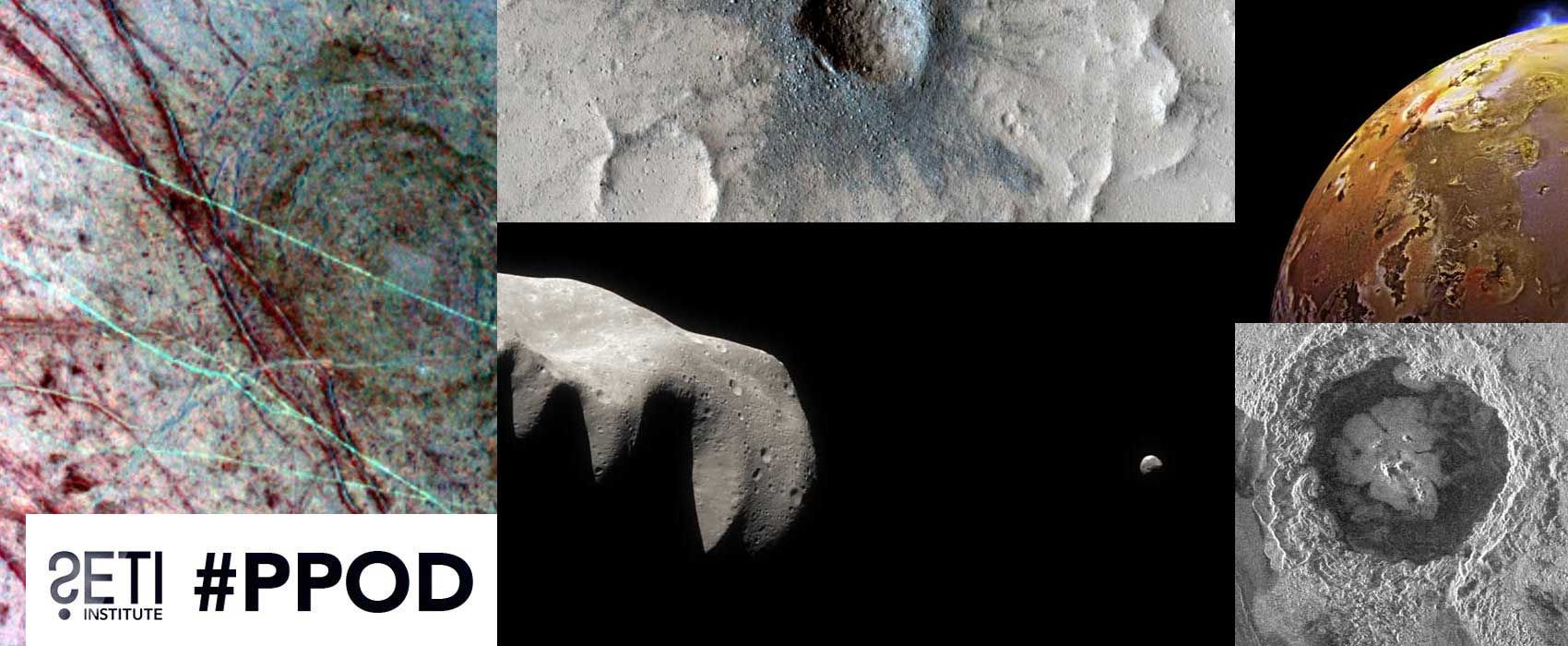
Welcome to our weekly recap of our Planetary Picture of the Day (PPOD)!
Our weekly tour around the solar system and its amazing sights!
Friday June 17, 2022
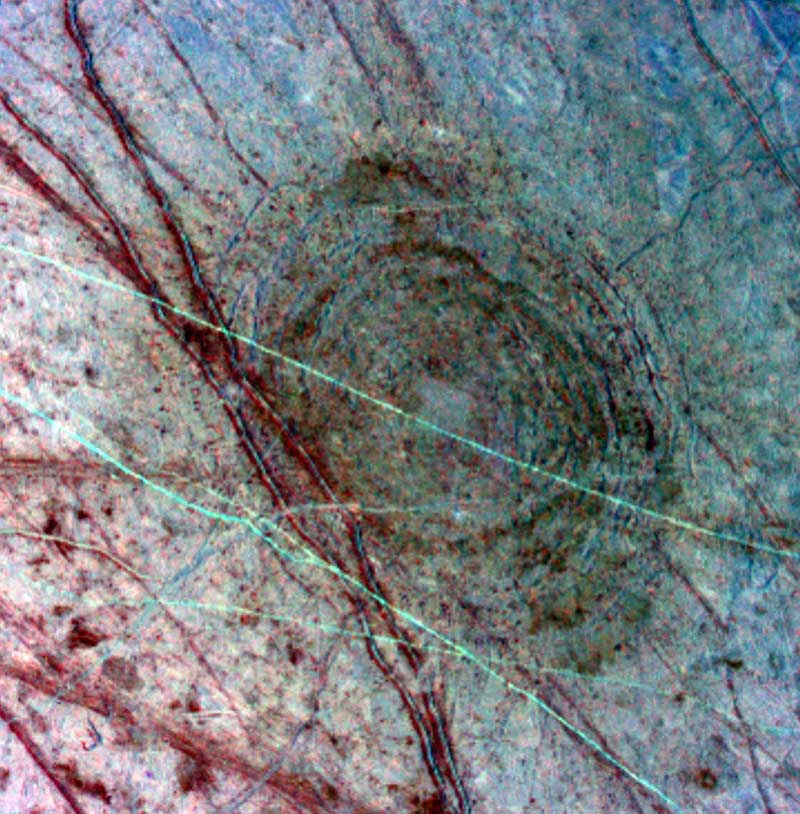
#PPOD: Ancient Impact Basin on Europa
This feature on Europa was seen as a dark, diffuse circular patch on a previous Galileo global image of Europa's leading hemisphere on April 3, 1997. The "bulls-eye" pattern appears to be a 140- kilometer (86-mile) wide impact scar (about the size of the island of Hawaii) which formed as the surface fractured minutes after a mountain-sized asteroid or comet slammed into the satellite. This approximately 214-kilometer (132-mile) wide picture is the product of three images which have been processed in false color to enhance shapes and compositions.
North is toward the top of this picture, which is illuminated from sunlight coming from the west. This color composite reveals a sequence of events which have modified the surface of Europa. The earliest event was the impact which formed the Tyre structure at 34 degrees north latitude and 146.5 degrees west longitude. The impact was followed by the formation of the reddish lines superposed on Tyre. The red color designates areas that are probably a dirty water ice mixture. The fine blue-green lines crossing the region from west to east appear to be ridges which formed after the crater.
The images were taken on April 4, 1997, at a resolution of 595 meters (1950 feet) per picture element and a range of 29,000 kilometers (17,900 miles). The images were taken by Galileo's solid state imaging (CCD) system.
Credit: NASA/JPL/University of Arizona
Thursday June 16, 2022
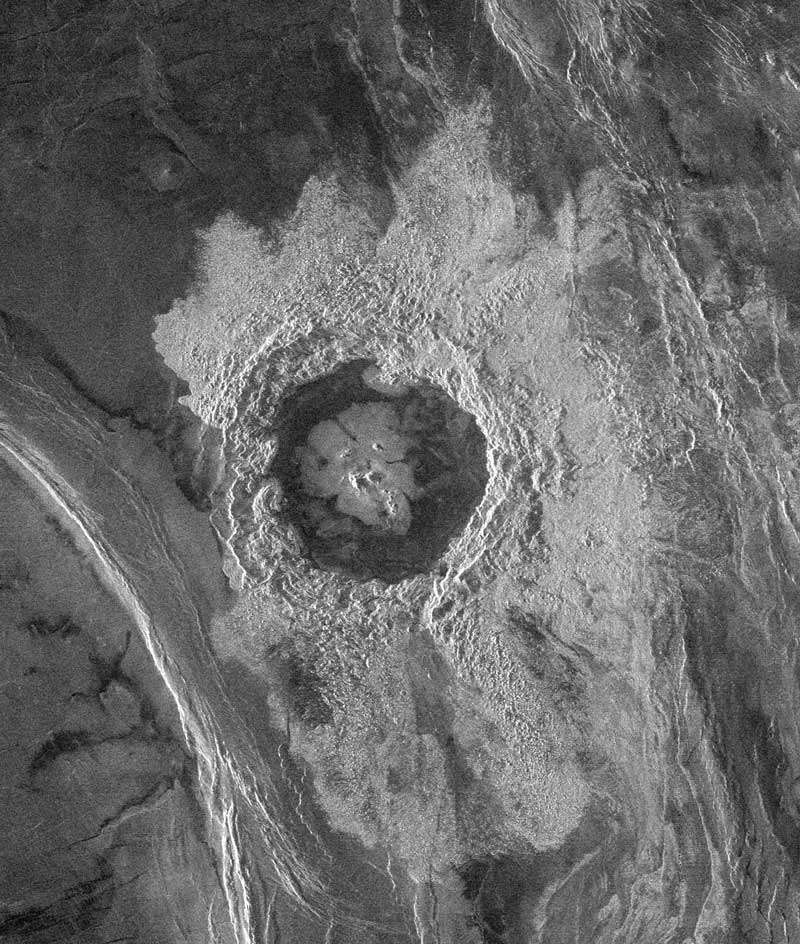
#PPOD: Dickinson Crater on Venus
This November 1996 image from Magellan shows Dickinson, an impact crater in the northeastern Atalanta region of Venus. The image is approximately 185 kilometers wide at the base and 69 kilometers in diameter. The crater is complex, characterized by a partial central ring and a floor flooded by radar-dark and radar-bright materials. Hummocky, rough-textured ejecta extend all around the crater, except to the west. The lack of ejecta to the west may indicate that the impactor that produced the crater was an oblique impact from the west. Extensive radar-bright flows that emanate from the crater's eastern walls may represent large volumes of impact melt, or they may be the result of volcanic material released from the subsurface during the cratering event.
Magellan was the first planetary spacecraft launched from a space shuttle. Now the agency is planning an even more adventurous mission–DAVINCI, which will be the first mission to study Venus using both spacecraft flybys and a descent probe.
Credit: NASA / JPL-Caltech
Wednesday, June 15, 2022
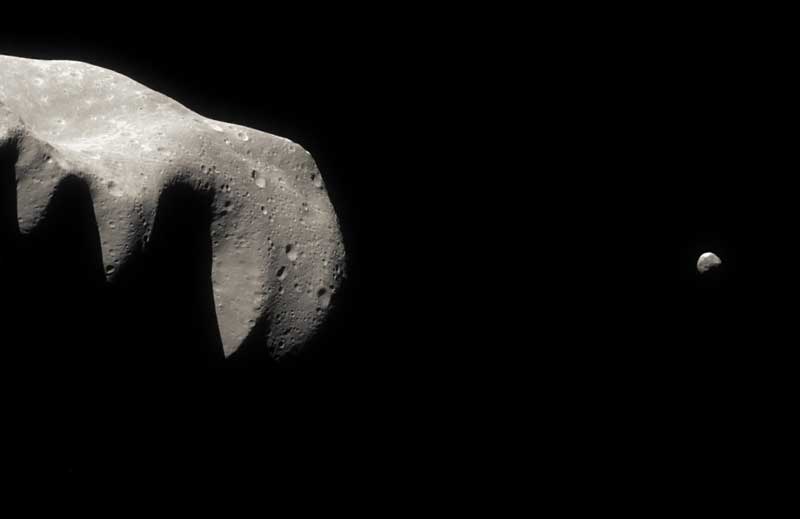
#PPOD: Asteroid and Moon
Asteroid Ida and its moon Dactyl captured by the Galileo spacecraft in August 1993. Later analysis of the two small bodies suggests they likely share a common origin.
Credit: NASA/JPL-Caltech/SSI/JPMajor
Tuesday June 14, 2022
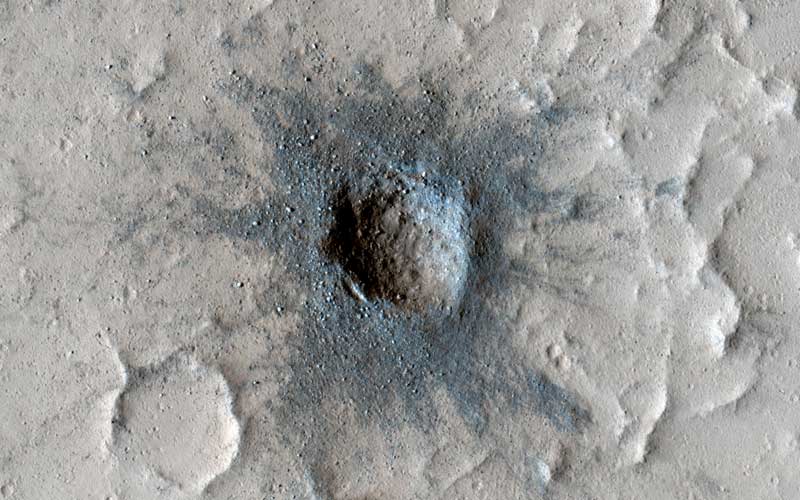
#PPOD: Slow Changes at an Old Impact Crater
This image acquired on January 30, 2022 by NASA's Mars Reconnaissance Orbiter shows an impact crater that has been seen in images dating back 50 years to the Mariner 9 mission. Yes, you can even count boulders!
Credit: NASA/JPL-Caltech/Univ.of Arizona
Monday June 13, 2022
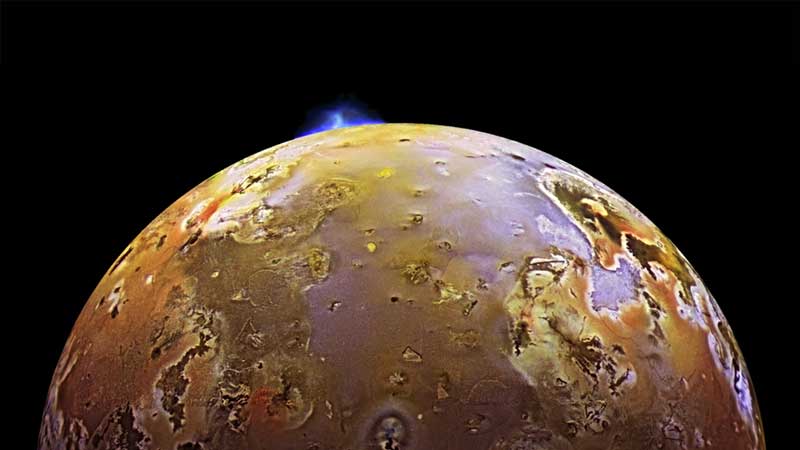
#PPOD: Io
In 1997, NASA's Galileo spacecraft caught Jupiter's moon Io, the planet’s third-largest moon, undergoing a volcanic eruption. Locked in a perpetual tug of war between the imposing gravity of Jupiter and the smaller, consistent pulls of its neighboring moons, Io’s distorted orbit causes it to flex as it swoops around the gas giant. The stretching causes friction and intense heat in Io’s interior, sparking massive eruptions across its surface.
Credit: NASA/JPL/DLR
Historical Date: June 28, 1997
Full size image here: https://buff.ly/3NPJ6kg





